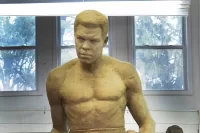
All that stood — or perched, rather — between Ethan Whitaker ’80 and a state record was an Ash-throated Flycatcher.
This particular bird is native to the U.S. Southwest and Northern Mexico, and spotting one in Maine, in November, is as far-fletched a happening as you could ask for.
Nevertheless, the bird in question was right there, perched on a gravestone in the cemetery at St. Martin’s in the Field in Biddeford Pool, just waiting to be spotted and documented by Whitaker, as his 318th bird this year.
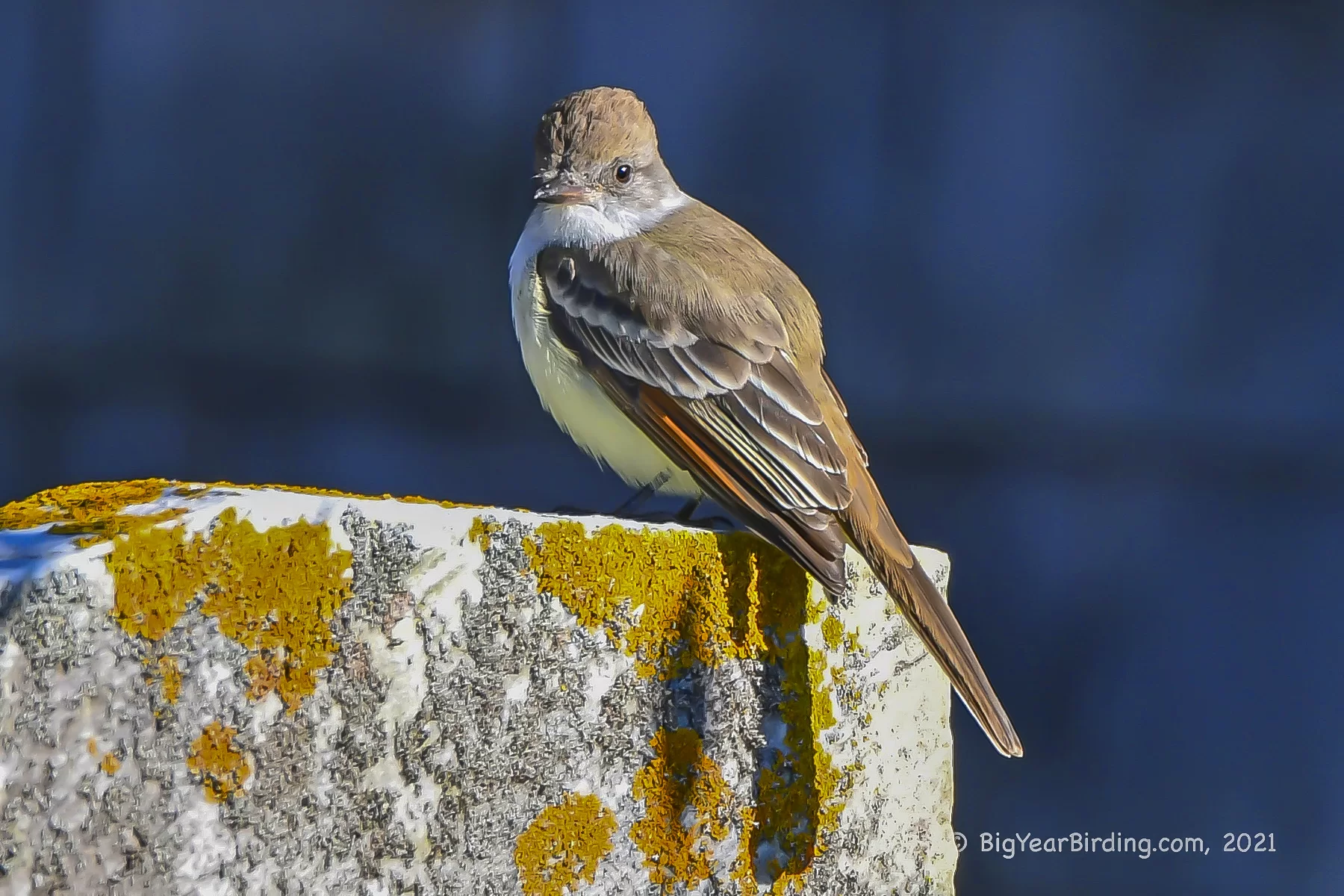
A lot led up to this moment, including three years of planning, two knee replacements, and one attempt at a Big Year, which is what birders call an attempt to identify as many species of birds as possible in one year, in one geographical location.
For Whitaker, his location was Maine, and the record to beat was 317 species, set in 2017 by Josh Fecteau of Kennebunkport, Maine. And on Nov. 7, 311 days into his Big Year, with that sighting of the dun colored, lemon-bellied Ash-throated Flycatcher, which the experts at Cornell Lab of Ornithology describe as “reminiscent of a desert just before sunset,” Whitaker set a new state record.
Spotting the bird you’re looking for can be a huge moment, and according to Whitaker, it’s the best part of birding.
“It’s just a real adrenaline rush. I used to run and you know how they talk about a runner’s high? It’s almost the same thing when you see a bird that you’ve been looking for.”
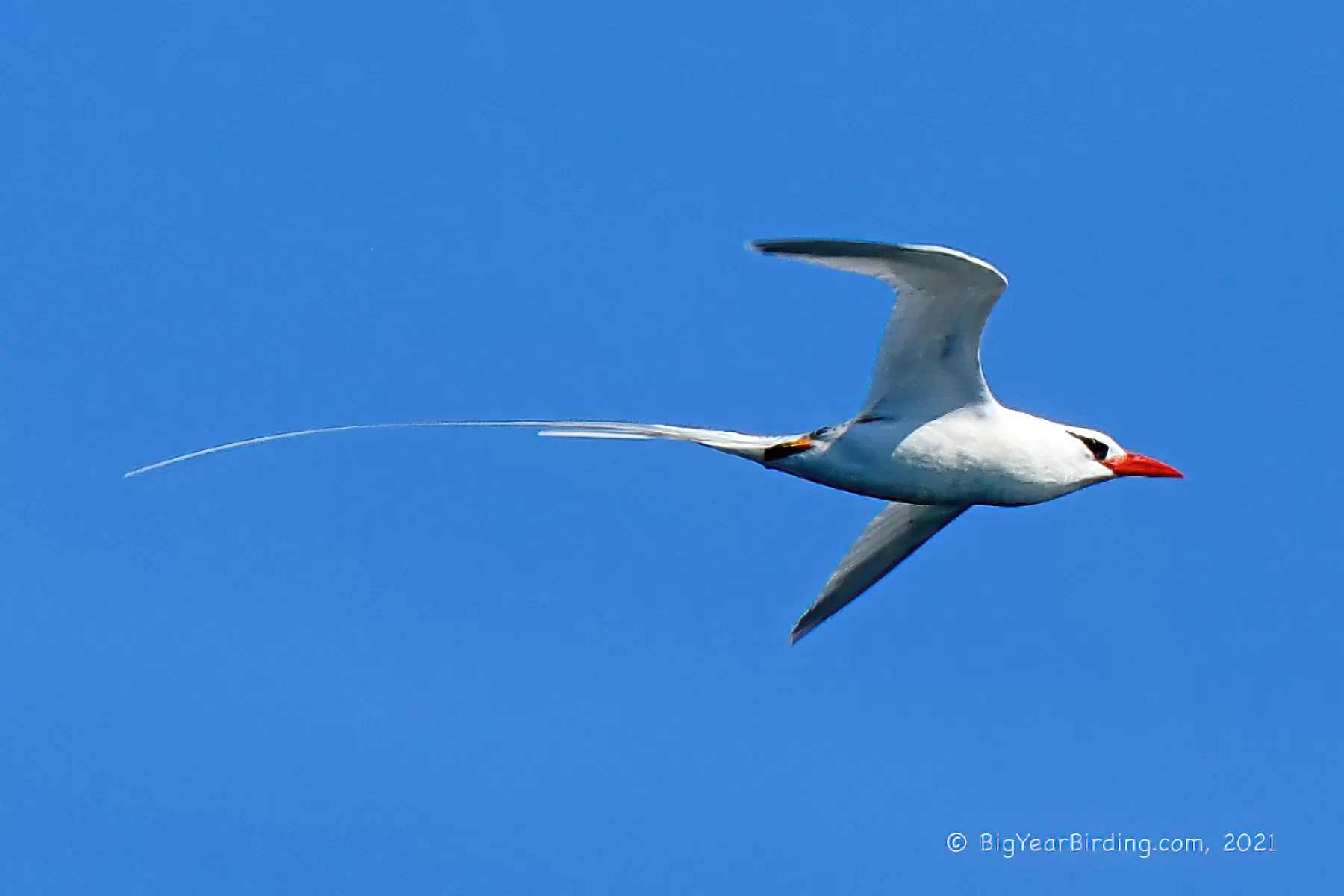
Birders can spend hours, days, and even weeks staking out a spot if they think a bird is likely to fly by. They have to be ready to go on a chase at the drop of a hat, and full-time work can get in the way of that, especially if you’re looking for the likes of the Ash-throated Flycatcher “rare but regular vagrant to the East Coast,”
On his birding chases this year, Whitaker has added about 60,000 miles on his Subaru Crosstrek, with the license plate “GR8SKUA,” for Great Skua, a seabird. He’s taken whale tours — not to see whales, mind you — and lobster boats out to spot seabirds. He’s hiked mountains and frequented backyard and public bird feeders to check off his list.
“I went places this year that I never knew existed in the state of Maine,” Whitaker said. “It gives you a real appreciation of that. I think it’s a great recreation and I think there’s a lot of science that comes out of birding.”
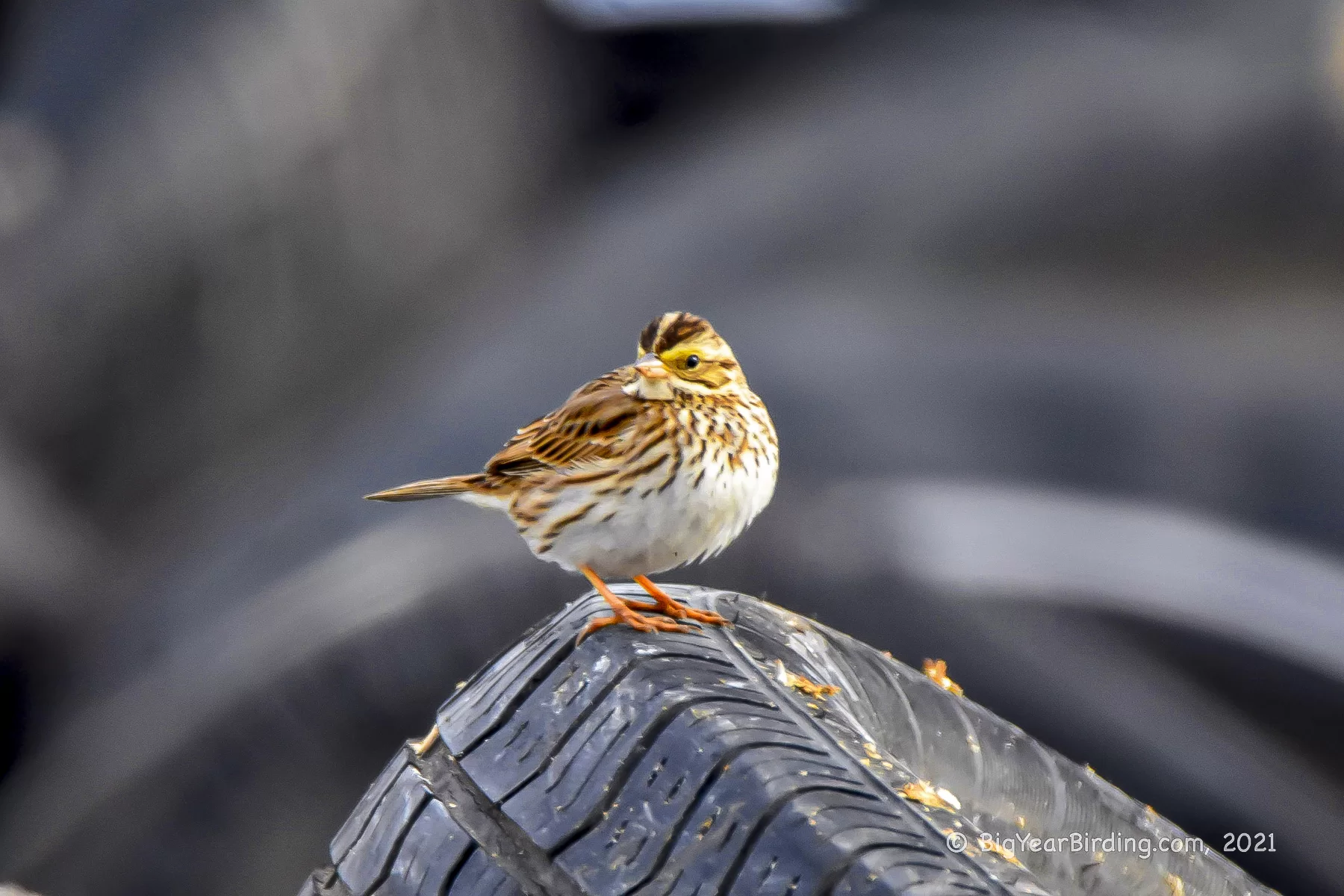
Birding isn’t often depicted in media and pop culture: The 2011 film The Big Year, featuring household names like Steve Martin, Jack Black, and Owen Wilson, is widely regarded a box office flop, but is still “easily the most famous” movie about birding, according to the Audubon Society.
And about 10 years ago, Whitaker was inspired by that very film to attempt his own Big Year.
“I didn’t know much about birds and I thought it was a fun movie,” Whitaker said. “I just kind of put it in the back of my mind.”
At that point, Whitaker’s contact with birding was limited, he says, to running through the local Thorncrag Nature Sanctuary with the Bates cross country team as a student.
“And then I met this woman back in 2013, and we went on a date, and she was a birder.”
Whitaker tried to impress his date by taking her to a birding spot with egrets he’d heard about, but unbeknownst to him, the egrets had migrated four months earlier.
“She was very polite, but she knew I didn’t know a thing about birding,” Whitaker laughed.
But still, they were birds of a feather. “We ended up getting married, and she took me birding and bought me good binoculars, and I really got into it.”
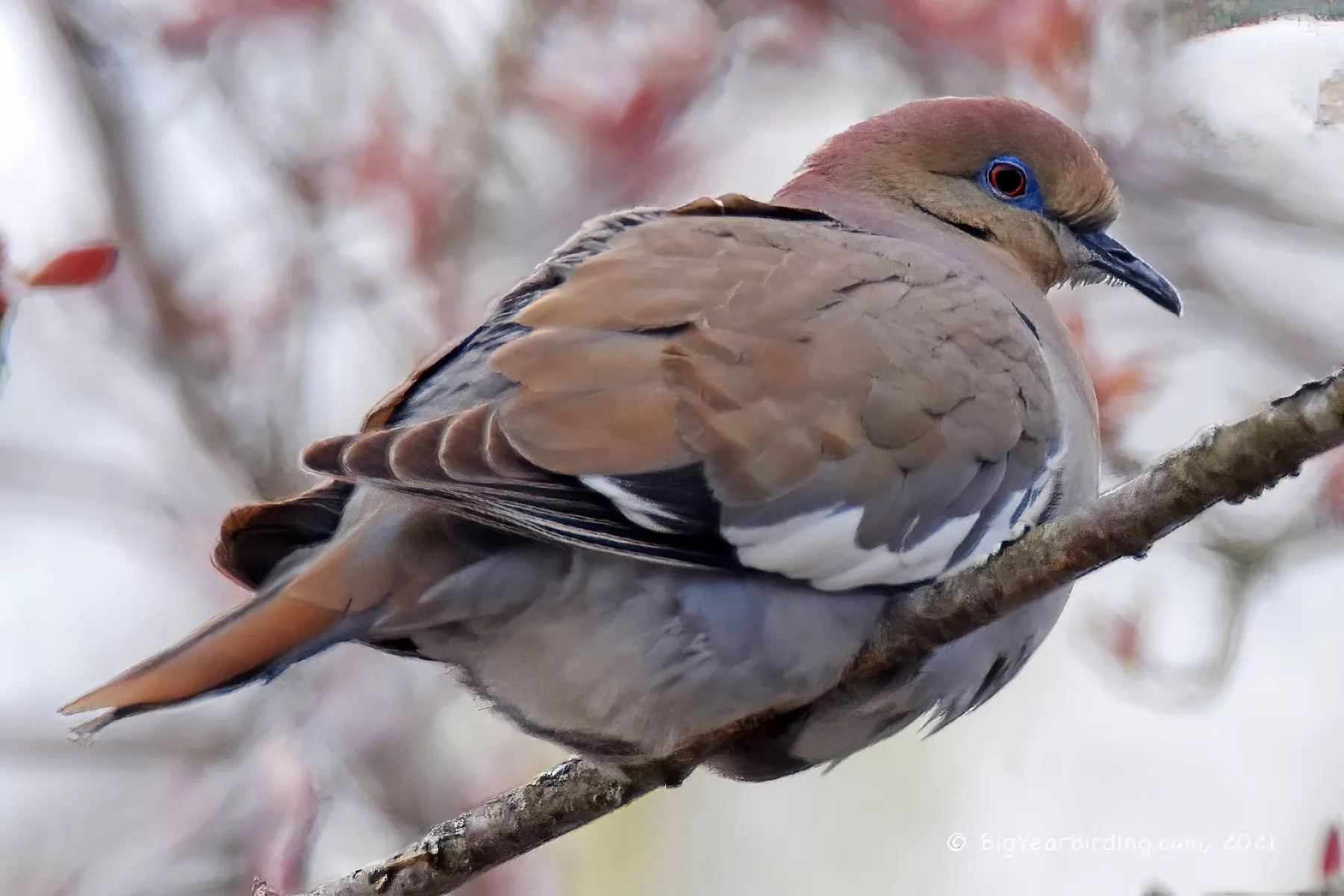
Whitaker’s wife, Ingrid, joined him on many of his chases this year when she wasn’t teaching her fourth-graders at Pond Cove School in Cape Elizabeth, Maine.
As Whitaker got better at birding, the idea of pursuing a Big Year took flight. And chasing after the state record would just be another feather in his cap.
“I would meet all these people on birding trips, and I was rubbing shoulders with royalty,” Whitaker said. “As I got more involved in the birding community, I began to realize that this was a big deal in the Maine birding community: who held the state record.”
Finally, after years of the idea circling in his head, he said to Ingrid, “‘What would you feel about me doing a Maine Big Year?’ And I think she was just being polite, but she said, ‘I think you should do it.’”
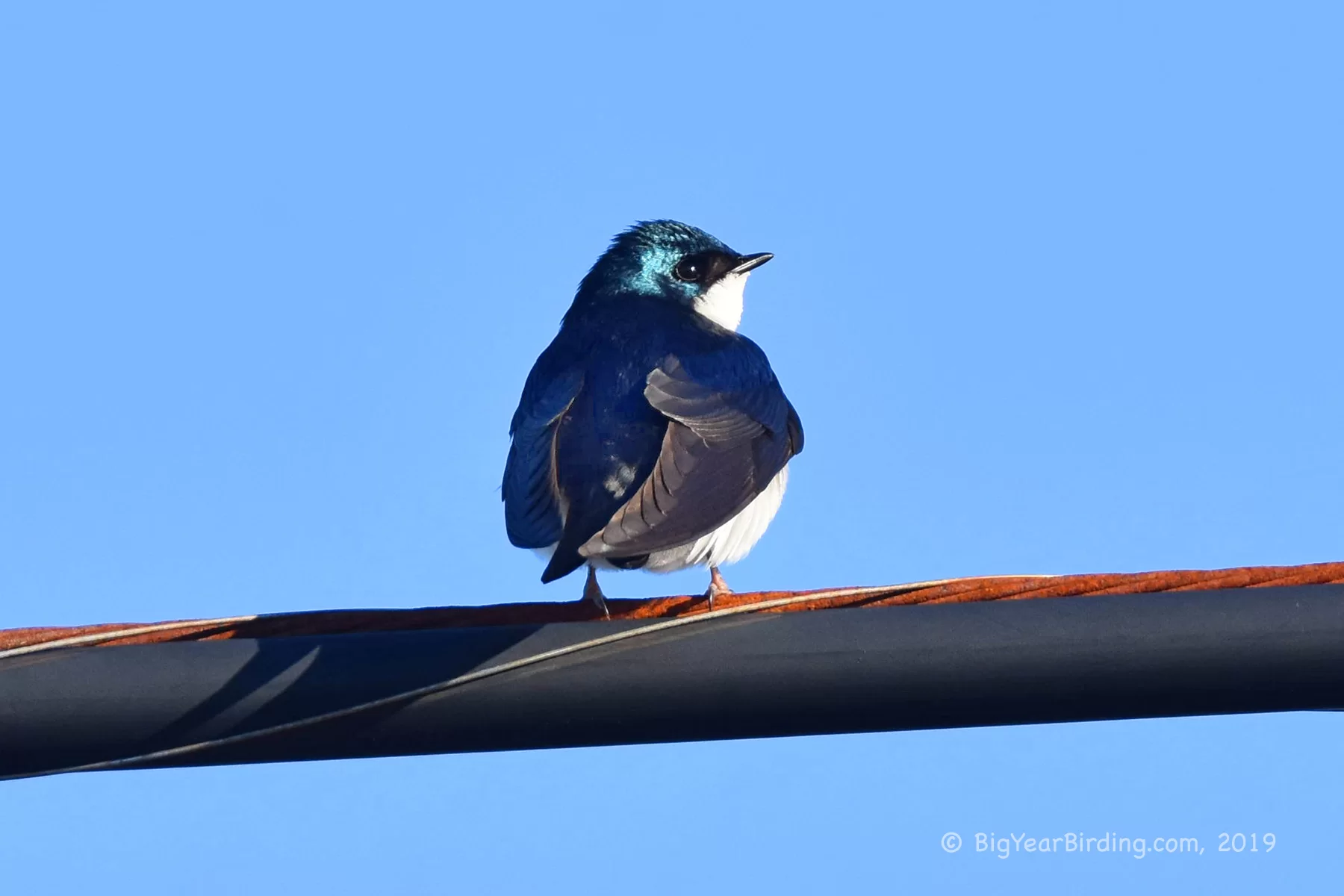
To get ready for a Big Year, Whitaker had to get a few things taken care of: He retired from his career in software development, got both his knees replaced, and did lots and lots of research.
When he finally spotted the Ash-throated Flycatcher and beat the record, there was a moment of celebration, a rush of adrenaline, and then, Whitaker thought, “Okay, now let’s get another bird.”
Of course, the congratulations from the birding community was nice, said Whitaker, but the chase isn’t over yet. He still has his list, and nearly two more months. Ingrid had her list as well, and on Nov. 30, she became the eighth person to spot 300 different bird species in a single year in Maine.
Whitaker’s list includes birds that are easy to find in Maine, like Northern Cardinals and American Kestrels, and also rarer birds like the Western Kingbird — Whitaker’s “white whale” of the year — and a Golden Eagle, which he spotted on Nov. 1, atop Mount Agamenticus in York, after waiting in the cold wind for three hours.
“I was about to give up, and there was one flying overhead,” Whitaker said. “I’ve got some great photos, and it’s the only one seen in Maine this year. So that was a real thrill.”
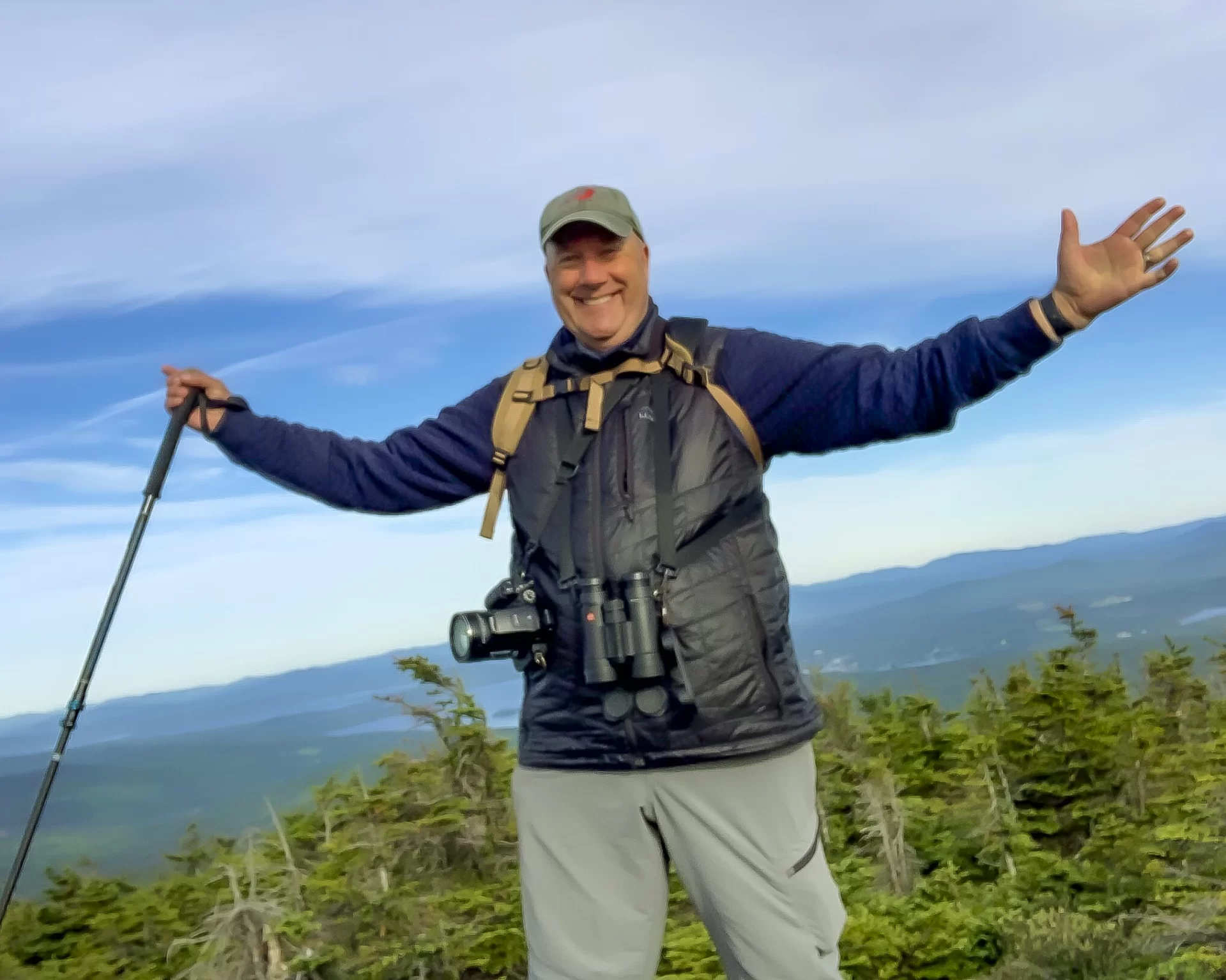
For birders, documenting a Big Year relies on honesty; saying they saw a bird is enough to “prove” they actually did, but most try to get photo or audio proof of their spot. Whitaker tries to take photos of every new species he spots, and he has documented his Big Year on his blog.
In terms of sharing sightings, the telecommunications revolution has made it so much easier. Professor Emeritus of Mathematics David Haines, secretary of the venerable Stanton Bird Club, recalls how things worked in the pre-internet era, when he and a handful of fellow birders had an informal call tree. “We’d phone each other with rare sightings, then hit the road immediately. Now we have resources like the Maine Birds group , which gives immediate information on rarities to be chased.”
And there are apps: Merlin, for example, allows you to hold your phone up to record birdsong and get an answer about what’s out there.
Nationally, there’s eBird, an online birding database created by the Cornell Lab of Ornithology The “citizen science” nature of the site means there is room for error — and according to Whitaker, chicanery — but a host of volunteer reviewers help to vet the information added to the site.
“There’s a line in the movie The Big Year that goes like, ‘Everybody knows who cheats at golf and no one wants to be that guy,’” Whitaker said. “Sometimes, Ingrid and I will see a report of a rare bird. We see who reported it and we won’t bother because it’s probably made up or misidentified.
“So what I try to do is take photos of every bird that I see, or record it, because there are two ways to count it. But since I was going after the record, I tried to photograph as many as possible.”
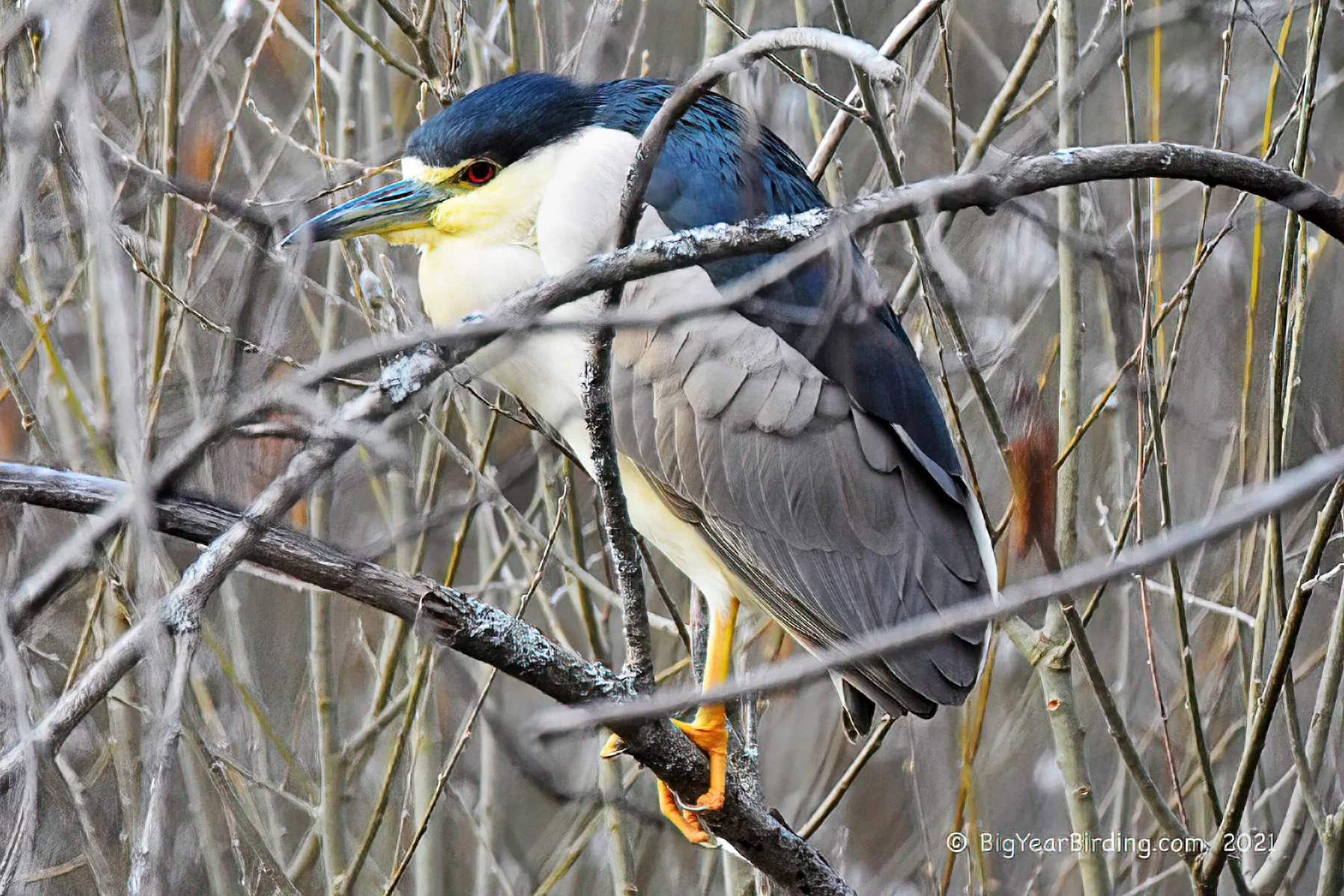
Currently, Whitaker’s count sits at 323 species, and he thinks he might add a couple of birds before the year is over.
“There’s just very few birds that we either haven’t seen or have any chance to be passing through Maine, because migration is basically over,” Whitaker said. “So the only birds that are gonna show up are birds that are really lost. I think if I got another two birds this month, that would be extraordinary.”
In a few weeks, when he reaches the end of his Big Year and finalizes his completed list, Whitaker is starting to wonder: What’s next?
“I’ve been planning this for a long time. I retired, and I’m working on a book about the whole thing, but at some point I’m going to go, ‘All right, what’s the next chapter?’ We’ll have to figure that out.”
For now, he gets to bask in the only jackpot: pride. “There’s no trophy, there’s nothing. But everybody in the birding community knows. And that’s why you do it.”

